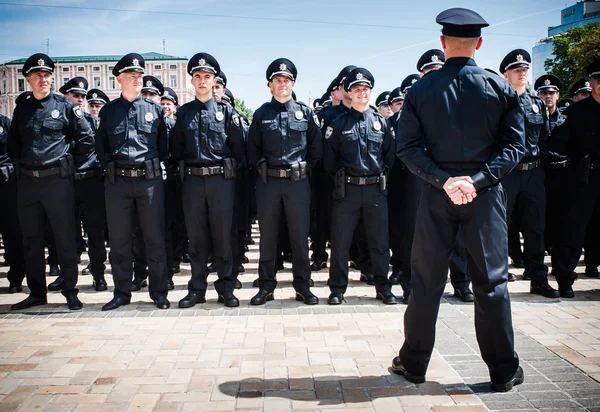
Is America’s crime map myth or reality? Far from the headlines, the new stats deliver a far different, and sometimes counterintuitive, picture of which cities are fighting to stay safe in 2025. Political sound bites may home in on media-susceptible cities such as Los Angeles or New York, but the numbers tell a far different roster.
According to WalletHub’s 2025 list, risk isn’t everything about crime is also measured in terms of exposure to natural disasters and economic instability. It’s a definition of safety that puts certain cities at or near the top of the “most dangerous” list for reasons that have little or nothing to do with the evening news headline. And while homicides surged in the pandemic, they’ve since dropped 15% nationwide, one of the steepest declines in U.S. history.
But the political spotlight is intense. Federal actions, deployments of National Guard troops, and state policy debates are colliding with crime trends that do not always follow the narrative. Here are nine closer looks at nine insightful insights from recent rankings and related crime data.
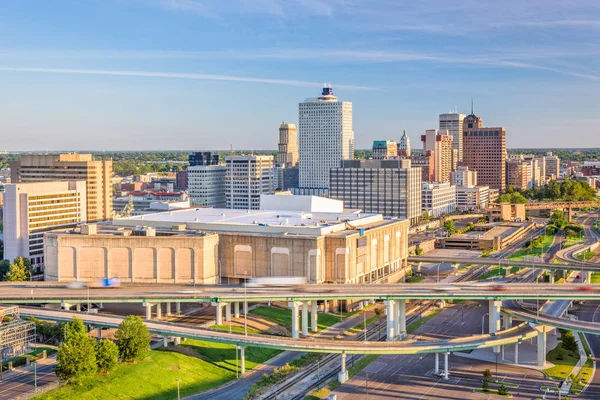
1. Memphis Tops the Danger List But Crime Is Down
Memphis, Tennessee, is #1 on WalletHub’s metric as the most dangerous American city, with a total safety score of only 34.81. Its home and community safety rank is at the bottom, and financial safety isn’t far behind. Yet, according to FBI statistics, there is a dramatic change: between 2023 and 2024, murders dropped 28%, robberies decreased 23%, and aggravated assaults fell 2%.
Despite these advances, President Donald Trump sent the National Guard into Memphis in 2025 to “restore law and order.” Mayor Paul Young objected, “I don’t think it is the way to drive down crime,” while the Tennessee Governor Bill Lee welcomed the measure. The city still suffers from high rates of motor vehicle theft, third highest among large U.S. cities last year.
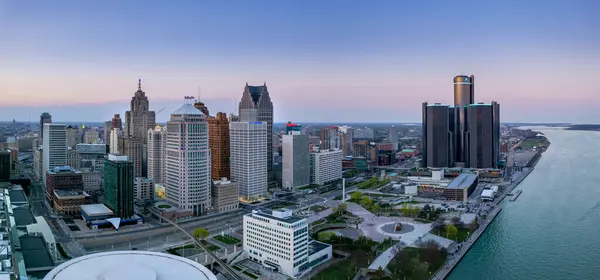
2. Detroit’s Fiscal Risks Keep Pace with Its Crime Issues
Detroit is #2, with a 35.49 total safety rating and worst fiscal safety ranking among all 182 cities analyzed. Violent crime rates remain among the highest in the country, behind only Memphis and Oakland. Economic pressures from joblessness to fraud add complexity to these weaknesses, putting the city’s safety profile among the most complicated in the report.
Although Detroit’s natural disaster risk is moderate, the economic cost is of major concern. The method of WalletHub shows the way in which financial exposure can highlight the impact of crime and make it difficult to recover from loss of community safety.
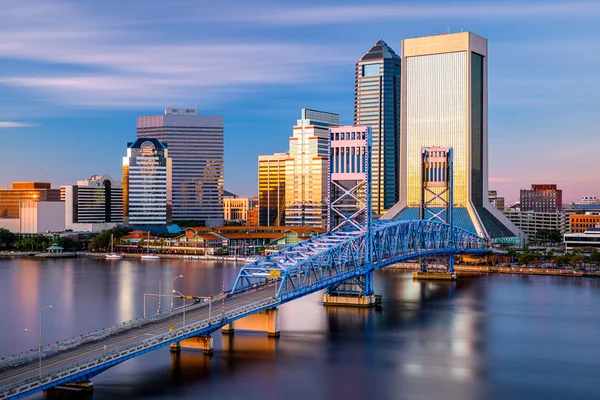
3. Florida’s Triple Appearance on the List
Florida is spotlighted with three of its cities Fort Lauderdale (#3), Jacksonville (#19), and Orlando (#15) ending up on the most dangerous list. Fort Lauderdale finds itself on the high side due to both high risk of natural disasters and low financial security, sitting at 174th and 176th respectively.
These rankings reflect more than crime rates. With hurricane and flood exposure in Florida, as well as economic disparity in certain metro areas, the state’s frequent return to the list underscores the impact of geography and infrastructure on safety rankings overall.
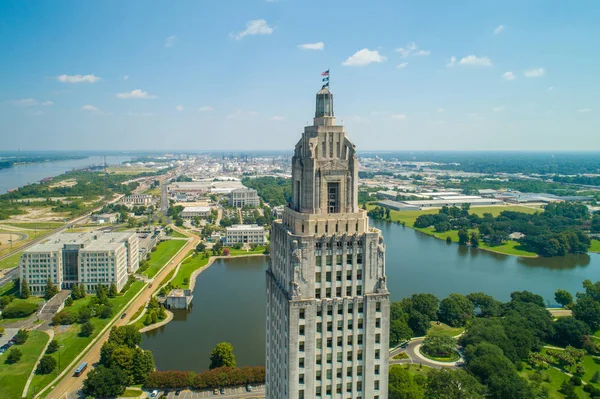
4. Baton Rouge Has the Lowest Home Safety Rank
Baton Rouge, Louisiana, is the #4 metro area overall but dead last at 182nd for home and community safety. Violent crime rates consistently are high, and financial security is also bad.
Natural disaster risk is another concern, as the state’s vulnerability to hurricanes and flooding adds to the city’s issues. The confluence of high crime, economic instability, and environmental peril makes Baton Rouge one of the country’s most complex risk profiles.
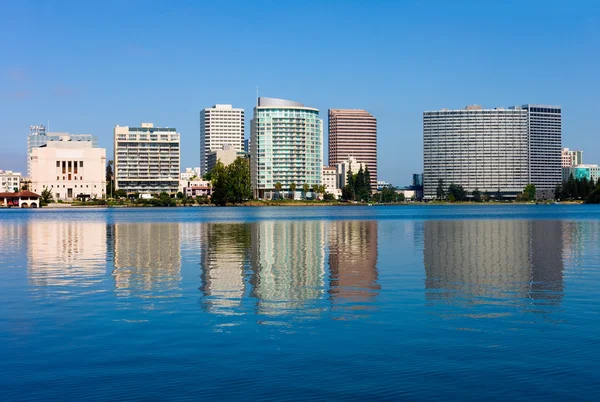
5. Oakland’s Car Theft Epidemic
8 overall, Oakland, California, is struggling with an extreme motor vehicle theft epidemic. In 2024, more than 2,250 vehicles were stolen per 100,000 residents one of the highest rates in the country. Oakland is also at the bottom of the list for home and community safety.
Although Oakland has a moderate risk of natural disasters, the theft epidemic touches the residents’ sense of safety directly. It’s a fact that property crimes, and not crimes of violence, can highly alter a city’s danger ranking.
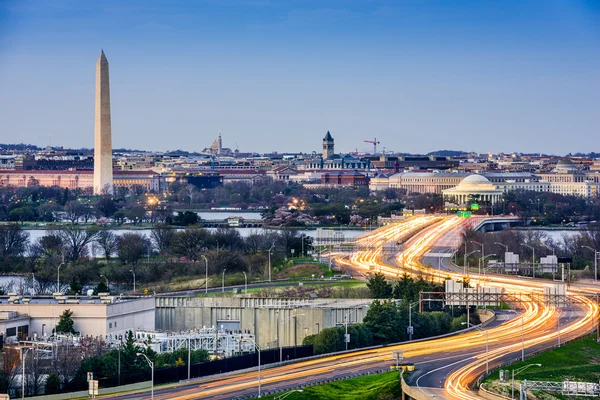
6. Washington, D.C.’s Reputation vs. Reality
Although it’s a political sacrifice in anti-crime crackdowns, Washington, D.C., ranks #11 on WalletHub’s list and has its lowest violent crime rate in over 30 years. The murder rate in the city is the 10th highest in major U.S. cities but its overall violent crime ranking is 36th.
The perception-reality gap is large. Federal action in 2025 came while violent crime and motor vehicle theft had been declining since their 2023 highs.

7. Birmingham and St. Louis Are Murder Capitals
Only Birmingham, Alabama, and St. Louis, Missouri, are among the top U.S. cities for homicide rate alone. Birmingham is #23 overall on WalletHub’s ranking, with St. Louis at #20.
These lists do highlight the extent to which focusing solely on murder rates can paint an unrealistic picture of risk in general. Both cities also have different natural disaster and fiscal safety profiles that affect their overall scores.
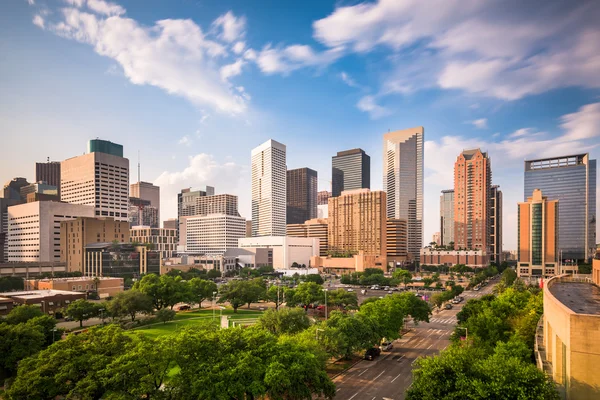
8. Natural Disasters Push Some Cities Higher
Natural disaster risk is a determining factor for the location of some cities in a few instances. Houston (#12) is ranked last 182nd nationally for natural disaster safety, due to its exposure to hurricanes and flooding. Dallas (#17) and Fort Lauderdale (#3) are also poorly ranked in this category.
This more expansive definition of safety allows that cities with moderate crime rates will show up high on the danger list if they have extreme environmental hazards.
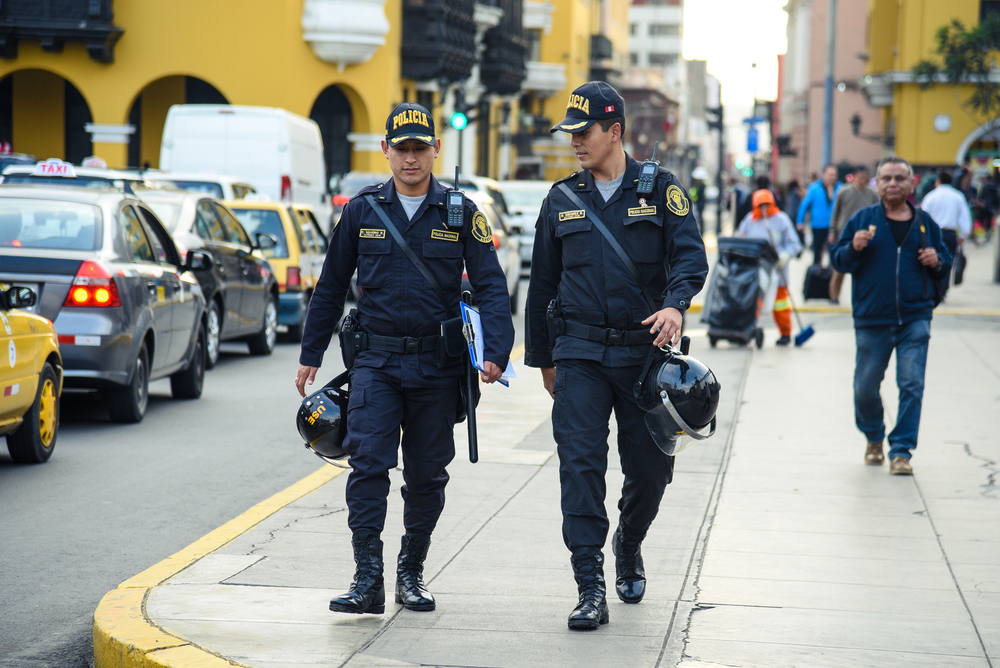
9. Data Gaps Complicate the Full Picture
Only about 80% of U.S. law enforcement agencies report to the FBI’s National Incident-Based Reporting System, and states like Pennsylvania and Florida have especially low participation. This means some crime rates are based on incomplete data.
Experts like Eric Piza at Northeastern University observe that “much of the time, we simply don’t have current data,” which further complicates the comparison between the public perception and reality. The FBI now issues monthly reports, yet not every agency reports, and there is scope for misinterpretation.
The 2025 rankings show that danger in America’s cities is a complex issue shaped by crime, economics, and environmental threats. Political discourse focuses on violent crime in a handful of cities, but the numbers paint a far more nuanced picture of danger. It is important to understand these realities in order to create policies that attack the root causes of urban safety issues, rather than the news headlines.


